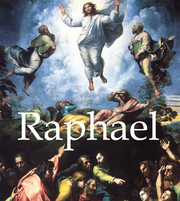Detailansicht
Raphael
eBook
ISBN/EAN: 9781780422237
Umbreit-Nr.: 1605291
Sprache:
Englisch
Umfang: 256 S., 31.76 MB
Format in cm:
Einband:
Keine Angabe
Erschienen am 01.07.2011
Auflage: 1/2011
E-Book
Format: PDF
DRM: Nicht vorhanden
€ 13,99
(inklusive MwSt.)
Sofort Lieferbar
